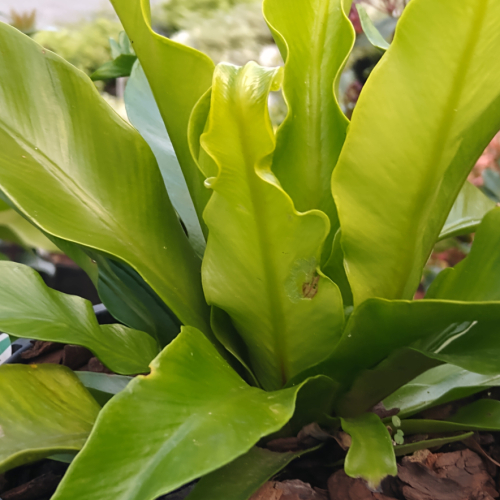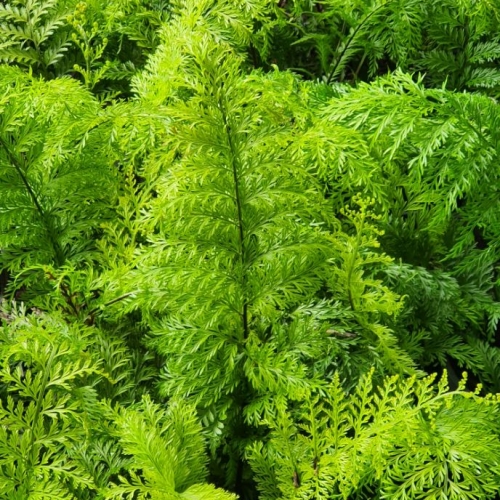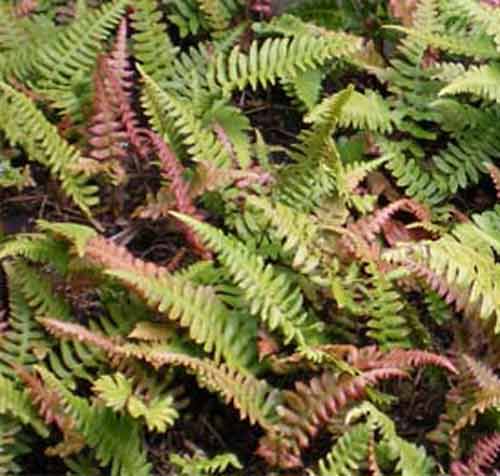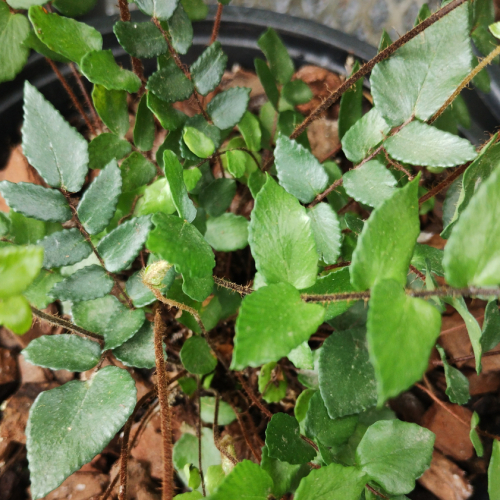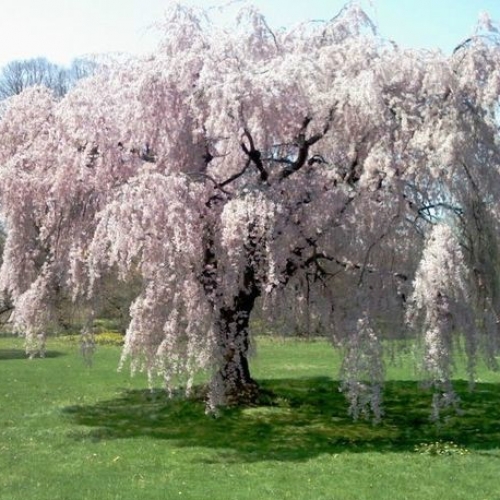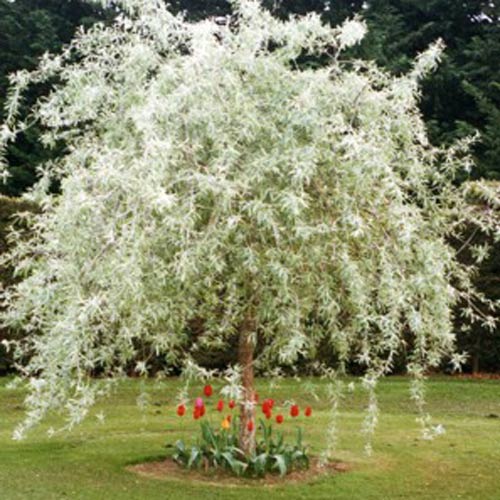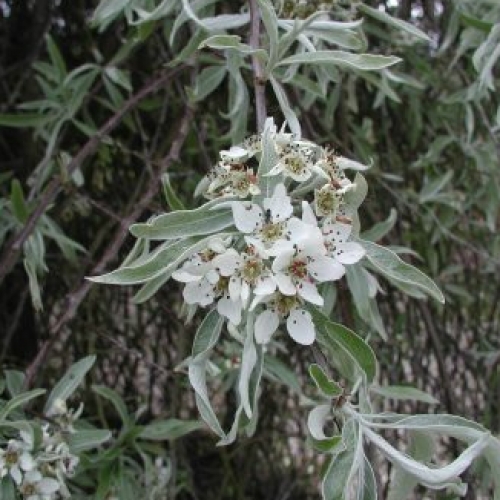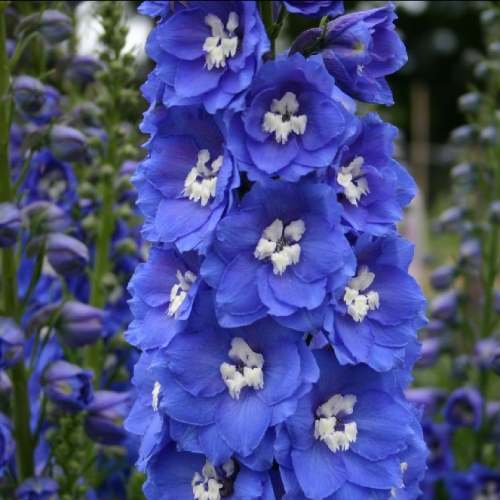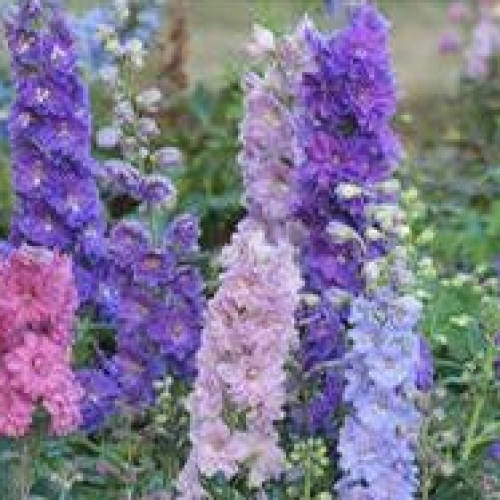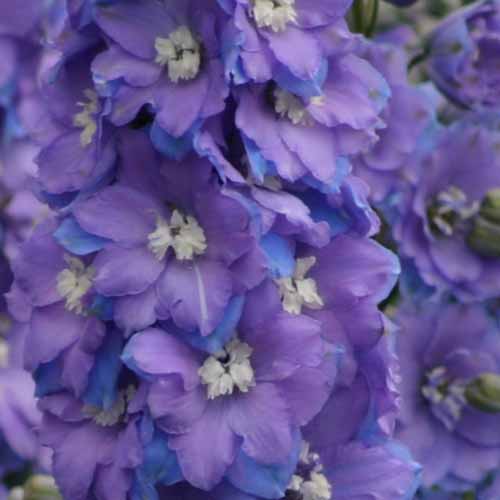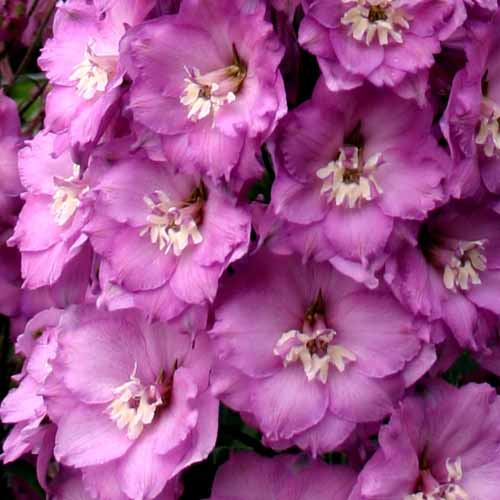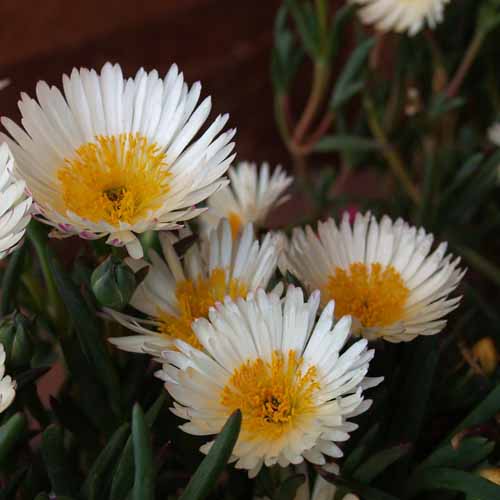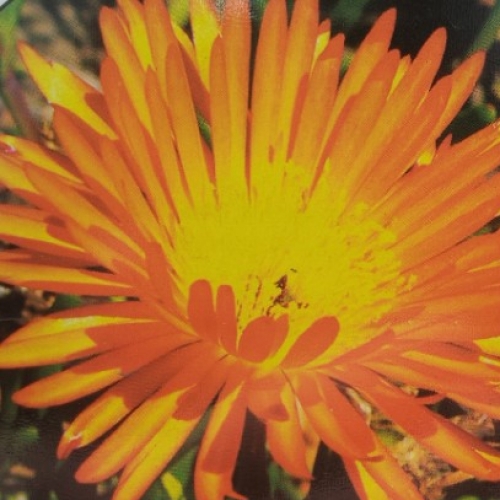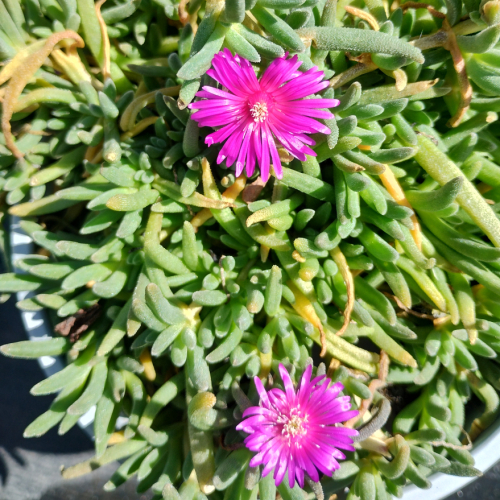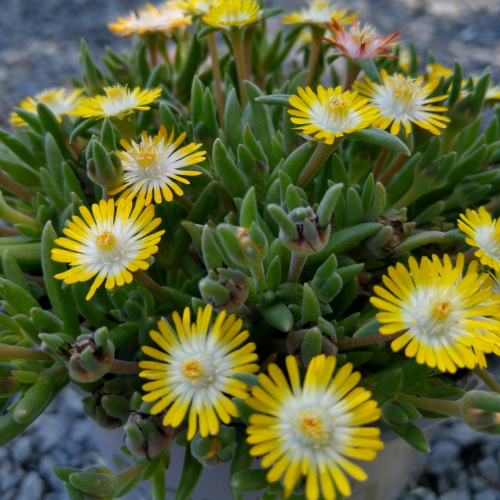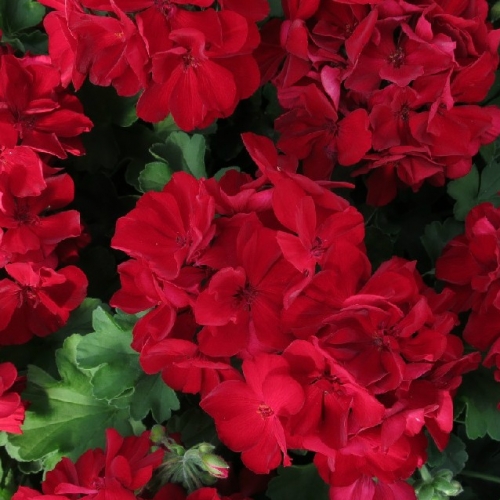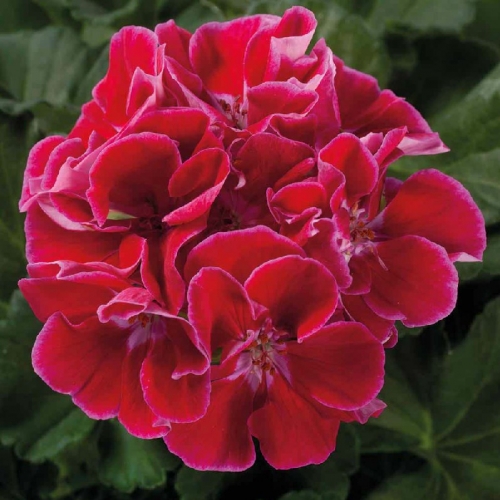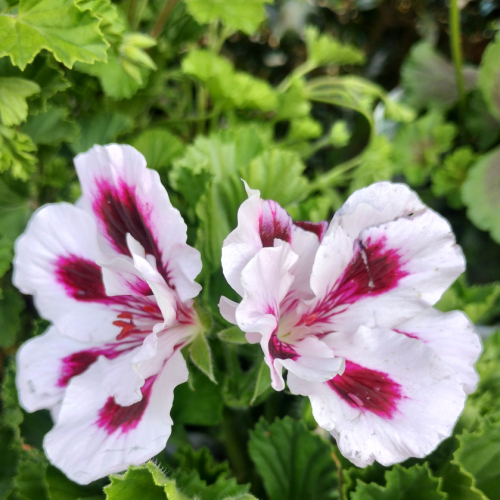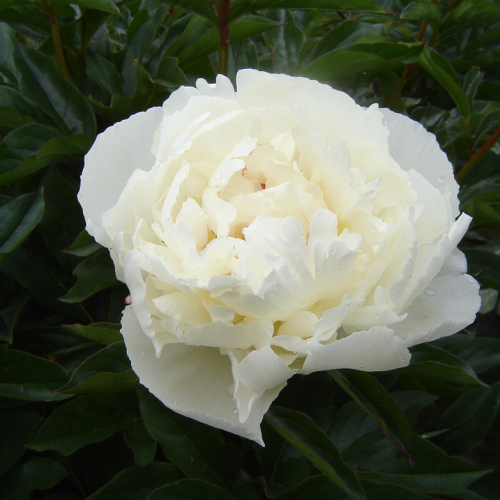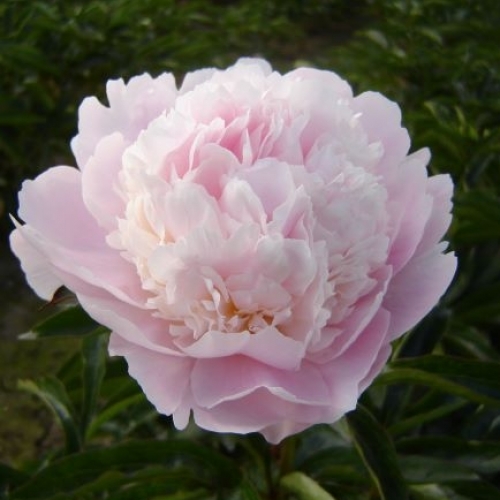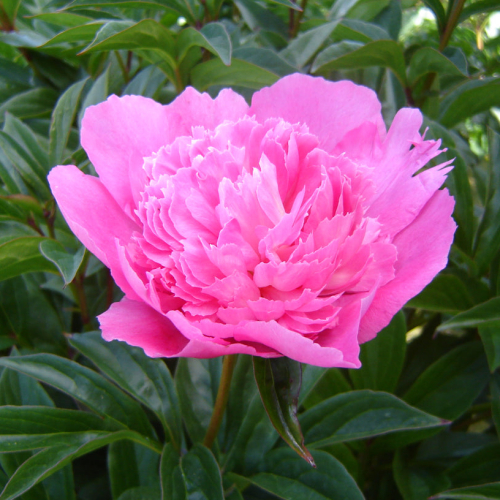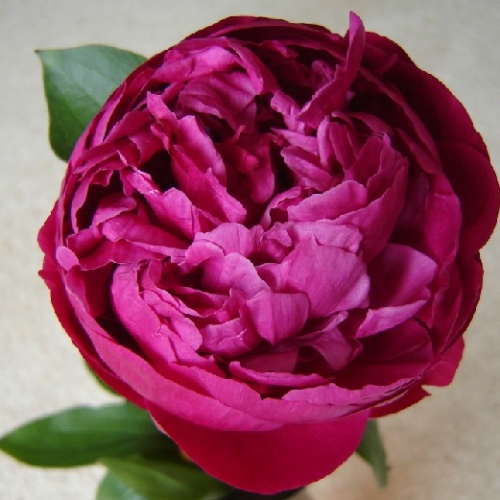Saturday 20th September, 2025
Hi
'Kiwi as' by Tracy
When I was overseas earlier this year it was amazing how many kiwis I met who were out there, doing the same stuff. On a bike tour of Berlin we had 4 other kiwi couples enjoying the sights and sounds. You do appreciate that certain twang in the accent, which you take for granted around here, but is something a bit unusual in Europe. Apart from the Canterbury shorts and Chiefs jerseys, which are dead give aways, it's often things like a wee silver fern, buzzy bee or kiwi on a backpack which makes it obvious the person is a compatriot, before he or she even opens their mouth. Those things are special and particular to our nation and they set us apart from the 8.1 billion other people roaming around.
When we spotted some tree ferns in a garden centre in England, naturally we thought they were from New Zealand; but it turns out they were imported from Tasmania. I've heard 'Tassie' has a lot of botanical similarities to New Zealand and that includes their own version of the tree fern. The red label on the fern pictured below reads "Tasmanian Tree fern. Dicksonia antarctica".
Ferns
Continuing our conversation from last week - a great garden is not all about flowers. You will have noticed the recent (last year) addition to the nursery of a shade structure, over beside the large magnolia, which is primarily there to house our
Ferns.
This group of plants, which reproduce with spores rather than flowers and fruit, are ancient and diverse. They have adapted to almost every habitat in the world from moist temperate and tropical rainforests to drier conditions. They do generally thrive in shaded, moist conditions but mainly because those conditions help with their reproductive cycle i.e. spreading of spores. Many a fern has been killed by overwatering!
Besides being our national symbol (think netball's Silver Ferns) ferns are an important part of our forest ecosystems where they range from tall to tiny. We have subcanopy tree-ferns such as the the black mamaku, silver fern and
Soft tree fern,
all of which belong in the Cyathea genus. Most people will also recognise
Wheki ponga (Dicksonia Fibrosa) with its fat trunk surrounded by a skirt of dead fronds and its cousin
Wheki or brown tree fern (Dicksonia Squarrosa) which differs in having a narrower, darker trunk which lacks a frond-skirt.
Moving down into the understorey plants the crown ferns (such as
Blechnum discolour) are low-growing, shade lovers with an upright form. Then there are the more sprawling ground-cover ferns such as the
Birds nest fern (Asplenium Antiquum) and the feathery hen and Chicken ferns such as
Asplenium bulbiferum and
Asplenium Māori Princess. Ferns have diverse roles in the ecosystem. For example: they provide shelter and cover for many animals; they add to the rich layer of organic matter with their constantly dropping fronds; and, they use up carbon dioxide and provide oxygen in the process of photosynthesis. Also, they often develop thick fibrous roots which help stabilise banks and steep ground. Our ground cover ferns (e.g.
Doodia media or Pukupuku) are perfect for this but don't forget that they are used to being protected by numerous levels of foliage, so usually are very unhappy about frost. Tuck them under a friendly tree or eaves to help them establish.
What am I?
Is it a weeping cherry, plum or apricot? Wrong! These gorgeous, cascading flowering plants are flowering peaches (
Prunus Persica Cascade). With their delicate double blossoms of white or pink they are to die for at this time of year. The weeping habit makes them perfect as a feature tree in a smaller garden. For some unknown reason some of ours are pure white, some are soft pink and some a slightly deeper shade. To choose the one you want, you better get in fast. If you definitely want white blossoms on a cascading tree, then how about a weeping pear (
Pyrus Salisifolia Pendula)?
Delphiniums
Our own kiwi firm of Dowdswell
Delphiniums have selected and bred seed to produce tall flowering plants which are great for picking and still good garden plants too. Check out Terry talking about his plant breeding journey
https://www.youtube.com/watch?v=Y1AI_WsBBrA. Easy to grow in sunny well drained soil, delphiniums main requirements are slug bait, because the new spring growth is soft, and some kind of support to stop them toppling in the spring wind (e.g. a
Delphinium cornet).
New in Store
Iceplants on special. Angela has tracked down some bright and cheerful
Mesembryanthemum (pronounced Mes-em-bree-anth-e-mum in case you want to appear knowledgeable)! These little honeys will love the hot dry spot in your garden or beach house. We have two colours
Cameo (white and yellow with a touch of pink) and
Orangeade (orange). These are great for spreading out over a mound or trailing over a bank. The first of this season's
Delosperma have also arrived, with other varieties soon to follow.
Geraniums are a perennial favourite for the warmer months. They LOVE the sun and do great in a pot or planter on your deck or front entrance. With a range of colours and heights they can match any décor - the classic is a red geranium in a terracotta pot. There are several different forms of the geranium flower including:
Ivy geraniums which will climb or trail from a hanging basket;
Pelargoniums or Regal geraniums which have two different shaped and sized upper petals and three uniform lower petals; and, true geraniums which have 5 uniform petals per flower.
Peonies are known as the King of flowers because of their long association with Chinese Emperors of the Ming dynasty. The plants have been used in cooking for centuries and old Chinese texts mention the use of Peony roots to flavour food. The modern hybrids are spectacular and sought after. Large showy flowers appear on the herbaceous plants from October to the middle of December. They definitely prefer life on the chilly side, so look to the south for the best displays of these although they can grow and flower in more northern areas if left undisturbed with good fertile soil. See our instructions for growing peonies
here.
Enjoy your weekend: looks like it might be a fine one for us. Yay!
If you are looking for plant-related activities, don't forget all those garden festivals etc. we listed in last week's newsletter.
Cheers from Lloyd, Tony and the Wairere team.

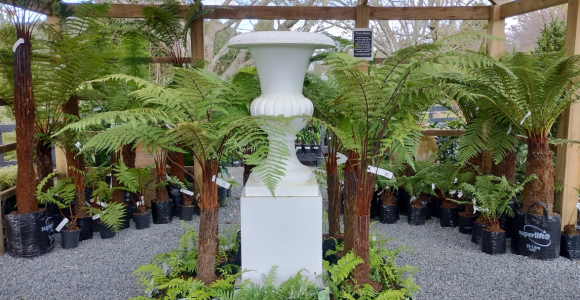
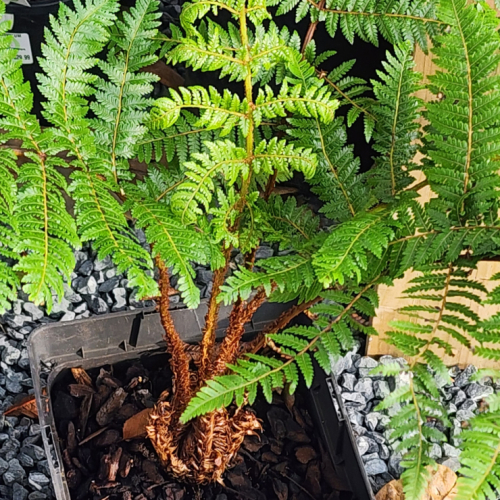
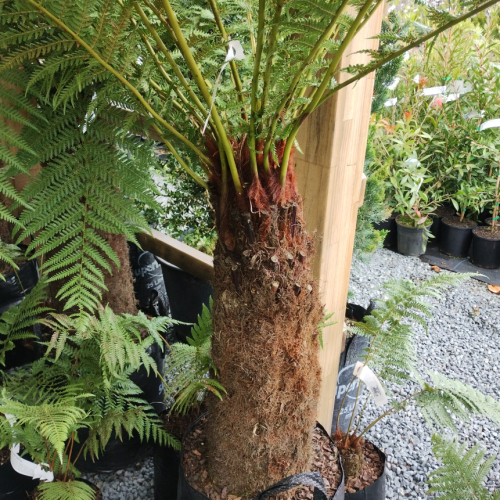
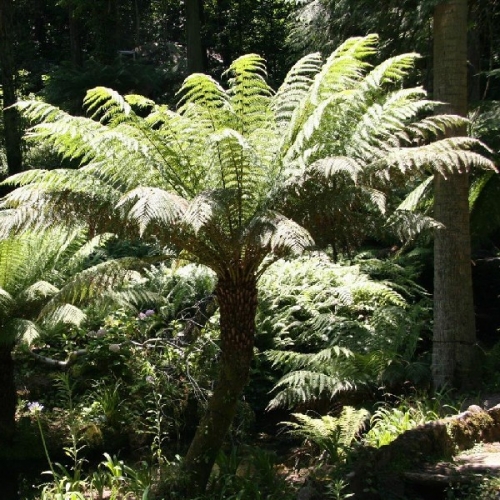
.jpg?t=1758234293)
